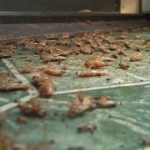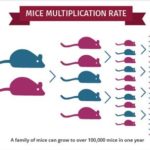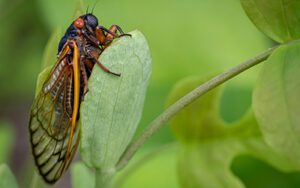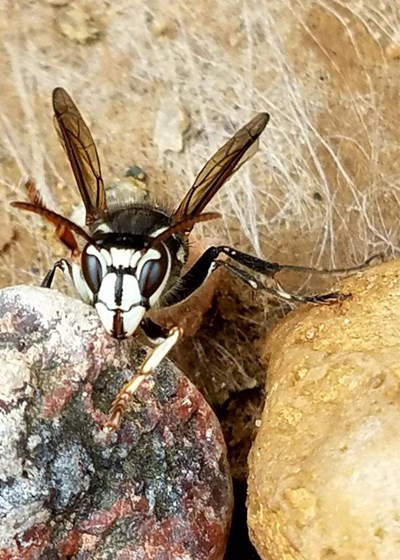
They’re among the most feared pests out there. And they’re back. Fall is peak stinging insect season, and wasps, hornets and yellow jackets are once again a bothersome reality for people heading outdoors to enjoy the remainder of summer.
While many simply classify any stinging insect as a “bee,” there are important differences in behavior that set stinging insects apart. The National Pest Management Association and Batzner Pest Control offer helpful tips in identifying and preventing common stinging insects.
Bald-Faced Hornets
Bald-faced hornets get their common name because they are largely black in color, with a mostly white face. These social insects live in colonies that can contain between 100 and 400 members at their peak. They build nests that are at least three feet off the ground and in exposed locations such as trees, utility poles, overhangs, houses, sheds or other structures. Unlike many other stinging insects, bald-faced hornets do not reuse their nests season after season.
Sting Prevention: Bald-faced hornets are aggressive and will attack if their space is invaded. During the summer months, walk around the exterior of your home to inspect for nests on a routine basis, paying special attention to overhangs, eaves, the underside of porches and decks.
Yellow Jackets
These social insects tend to build nests in trees and buildings, as well as in the ground. They are slow to sting unless their nest is threatened, in which case they will become highly aggressive. Unlike bees, yellow jackets can sting several times and inflict severe pain.
Sting Prevention: Yellow Jackets are especially attracted to sweets and proteins, so it is important to cover food and drinks during outdoor events and promptly clean up and dispose of food and garbage in a sealed trash container.
Paper Wasps
Paper wasps get their common name from the paper-like material they use to build their nests. Their nests are typically made in the shape of an umbrella. These pests build nests on twigs and in tree branches and shrubs, as well as porch ceilings, eaves and similar covered places. Wasps are capable of stinging more than once and may use alarm pheromones to call for back-up in defending their nest.
Sting Prevention: Check for paper wasp nests before performing yard work such as shrub or hedge trimming. Treat wood fences and deck railings with a repellant oil to deter paper wasps from gathering cellulose for nest creation.
Attempting to self-treat a stinging insect nest is a dangerous task. When dealing with a stinging insect nest, it’s always best to leave the job to a professional.
Learn more about common stinging insects below.
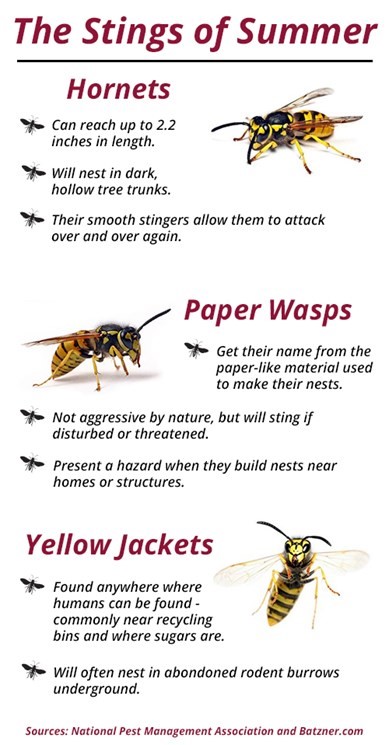
Need a pest control estimate?
We'll call you! Our representatives are fast and friendly.
Three Stinging Insects to Avoid in Wisconsin in Wisconsin
Serving Wisconsin

